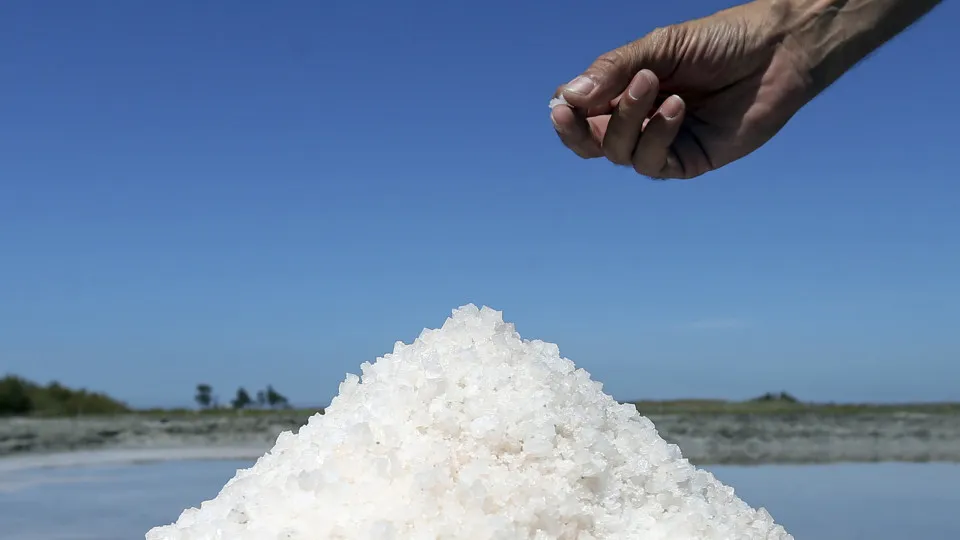
The salt harvest season has concluded, and following an extensive documentation effort of the entire salt production cycle across all active saltworks, the Aveiro City Council initiated the process to register Aveiro’s Salt Harvest on the National List of Intangible Cultural Heritage on September 26, in close collaboration with Cultural Heritage authorities, according to a council statement.
This registration process aims to safeguard, enhance, and promote the traditional techniques of salt harvesting—the annual cycle of artisanal production in the saltworks—ensuring its continuity and transmission to future generations, thereby recognizing and protecting this cultural expression, which is so representative of Aveiro’s identity.
The municipality emphasizes that salt production is an ancient activity deeply rooted in Aveiro’s history, connecting to the city’s origin and development, shaping the unique landscape of the lagoon, significantly influencing the local economy, and contributing to Aveiro’s recognition beyond its borders.
Known as “white gold,” salt was a driving force for trade, sustenance, and culture for centuries and remains today one of the greatest symbols of the region’s identity and collective memory, the statement adds.
The importance of salt dates back to ancient times, as evidenced in the will of Countess Mumadona Dias from January 26, 959, the oldest known document mentioning Aveiro, where salt appears as a strategic and essential resource.
Economically significant in the past, alongside ceramics, salt was one of the products exported by the region to various countries. However, the Aveiro salt complex, covering nearly 2,600 hectares, has declined, and few saltworks remain operational today.
The ancestral methods of artisanal salt production in Aveiro can still be observed at the Ecomuseum Marinha da Troncalhada, a salt pan acquired by the municipality in 1995 and converted into an open-air museum.




